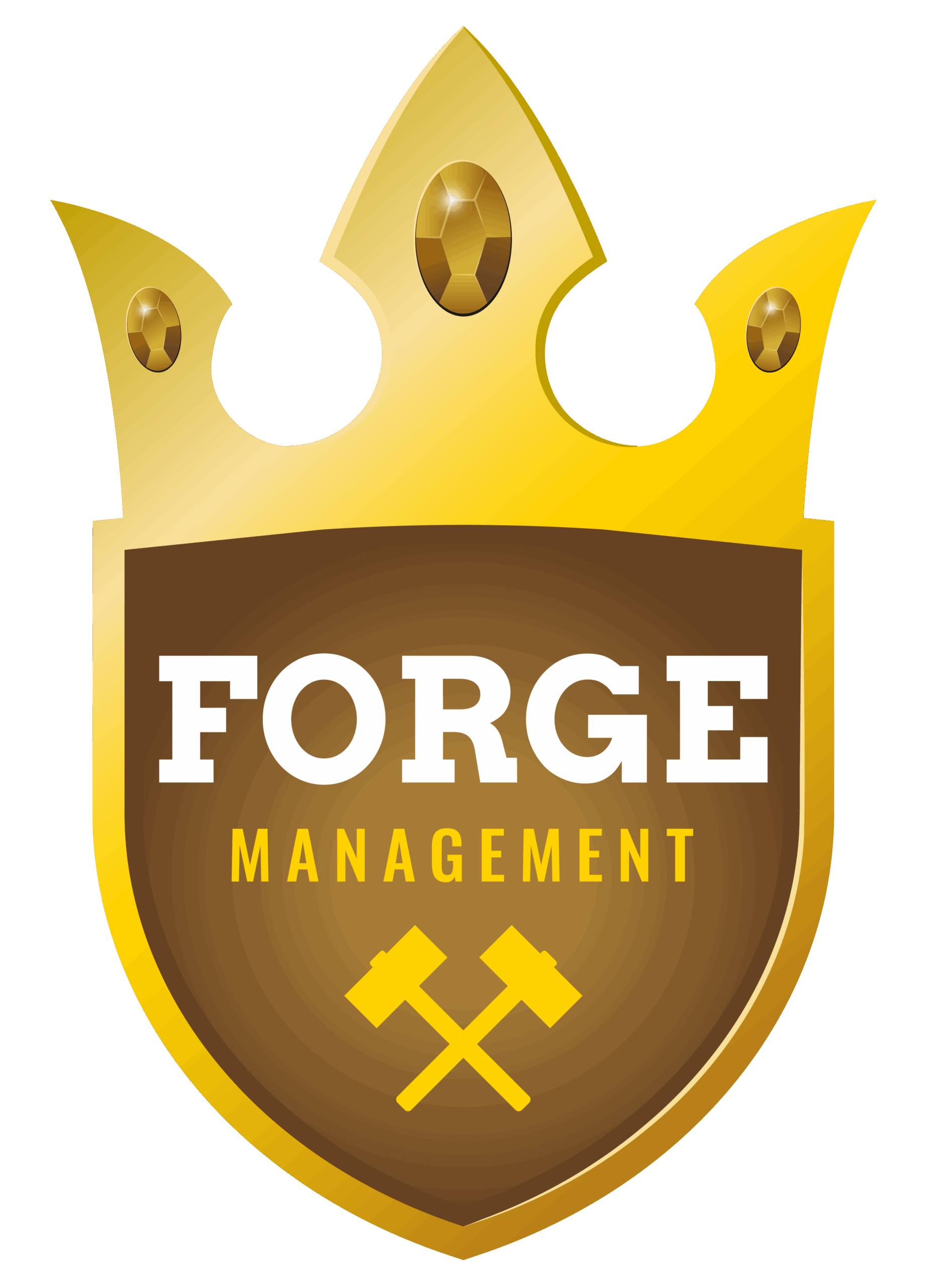Have you ever wondered how some direct marketers can connect with someone almost immediately? That moment when a stranger suddenly opens up, listens closely, and seems genuinely interested—it’s not magic. It’s a strategy. In direct marketing, first impressions aren’t just important, they’re everything. With limited time to create trust and interest, how you present yourself and make the other person feel can completely change the outcome of the interaction.
This article breaks down 10 techniques that successful marketing professionals rely on to make that instant connection. Each helps build trust, spark genuine conversation, and move toward a lasting customer relationship. Whether you’re new to the field or looking to sharpen your approach, these secrets will give you a fresh perspective on making every interaction count.
1. Mirror and Match But Make It Subtle
People naturally feel more at ease around those who seem familiar. Direct marketers often use this to their advantage by subtly matching the body language, tone, and energy of the person they’re speaking with. It’s not about copying every move. It’s more about adjusting your posture, speed of speech, and facial expressions so that the other person feels you’re on the same wavelength.
Small gestures go a long way here. If someone is relaxed and speaks slowly, speaking too fast or being overly enthusiastic might come off as pushy. On the flip side, if your prospect is energetic, keeping up with that energy helps the conversation feel more natural. The key is to remain authentic while tuning in to what the other person is showing you.
This technique works best when it doesn’t feel forced. Subtle shifts in tone and presence can quietly bridge the gap between unfamiliar and familiar, making the prospect feel more comfortable without even realizing why.
2. Start With Open Curiosity, Not an Agenda
Nobody wants to feel like they’re being sold to right away. The best marketing professionals lead with genuine curiosity. Asking open-ended questions helps the prospect feel heard and understood. Instead of diving straight into product details, they ask things like, “What’s been your experience with this before?” or “What are you hoping to improve?”
This does two things. First, it gives the conversation direction based on what the prospect actually cares about. Second, it puts the spotlight on them. People love to talk about themselves when given the chance. And when you really listen—leaning in, nodding, and giving thoughtful responses—it shows you’re not just waiting to talk. You’re building a relationship.
A good question asked with interest can shift the entire tone of a conversation. It breaks down barriers, lowers defenses, and opens the door to meaningful dialogue.
3. Use the Power of Names and Positive Association
Hearing your own name has a psychological effect—it activates attention and creates a sense of connection. Marketing experts who remember and use a person’s name throughout the interaction build rapport much faster. It signals respect and personal attention, even in a short conversation.
Timing matters here. Using someone’s name too often can feel fake or manipulative. But slipping it into natural moments—when greeting them, during agreement, or when wrapping up—feels sincere. Pairing their name with a positive observation or compliment strengthens that impact.
For example, “I can tell you’ve really thought this through, David” feels warmer than a generic statement. This small detail can completely change how someone perceives the interaction. A well-placed name can transform a sales pitch into a conversation that feels personal and memorable.
4. Tap Into Shared Human Experiences and Common Ground
People naturally gravitate toward those who feel relatable. One way to make that happen fast is to find even the smallest shared connection. Whether it’s a comment about the weather, a shared frustration, or a quick joke about traffic, these moments can lighten the mood and humanize the conversation.
In face-to-face sales, this kind of connection often happens in the first 30 seconds. You might notice something in their environment, like a sports cap or family photo, and use that as a way in. Even if you’re in a more public or neutral space, commenting on something around you can show that you’re present and observant.
Once that common ground is found, even if it’s something as small as liking the same coffee shop, the conversation naturally flows better. It shifts from being transactional to conversational—and that’s where trust starts.
5. Build Credibility Without Overloading Credentials
Coming across as knowledgeable is important, but talking too much about your background or achievements can backfire. The goal isn’t to impress someone with your resume. It’s to make them feel like they’re in good hands. Marketing experts know how to show credibility in quiet, confident ways.
Simple actions—like dressing appropriately, being on time, or remembering a previous detail—send strong signals of reliability. Sharing short, relevant stories that connect to the prospect’s situation builds understanding without overwhelming them with information.
Tone and posture also say a lot. Speaking with calm assurance, maintaining eye contact, and standing with confidence gives your words more weight. People trust those who appear steady, prepared, and genuinely interested in helping.
6. Listen Like a Friend Respond Like a Pro
Listening is more than just being quiet while someone talks. It’s about really paying attention to what they’re saying—and what they’re not saying. Skilled marketers tune in to tone, word choice, and emotion. They listen for concerns, not just questions.
After someone speaks, responding with something like, “So what I’m hearing is…” or “That makes sense—you’re looking for…” helps the other person feel understood. That small step of summarizing shows that you’re engaged and respectful of what they shared.
This approach builds an emotional connection. When people feel heard, they let their guard down. And once that happens, they’re more open to what you have to say next. It’s a simple way to create trust without needing flashy words or long explanations.
7. Use Strategic Humor to Break the Ice
A little humor goes a long way when it comes to making people feel comfortable. It doesn’t mean you need to be a stand-up comedian. A light, well-timed joke or playful comment can ease tension and make the conversation feel more relaxed.
The trick is to read the room. In a professional setting, humor should always be appropriate and low-stakes. It could be something self-deprecating or observational—nothing too personal or controversial. When used correctly, it signals that you’re approachable and human.
Humor isn’t about being entertaining. It’s about creating shared moments of lightness. Even a smile or a chuckle can make someone more receptive to continuing the conversation with you.
8. Match the Energy and Language of the Prospect’s Environment
Where and how you approach someone can shape the tone of your entire interaction. Paying attention to your surroundings helps you match the energy of the space and the person in it. Someone at a noisy event might respond well to upbeat energy. In a quieter setting, a calmer approach might be better received.
This applies to how you speak, how you stand, and even what words you use. In-person marketing, being able to adjust your language and tone to match the environment, helps people feel like you belong there, and by extension, like you belong in their space too.
Quick observations like how someone’s dressed or how they hold themselves can give you clues. Adapting to their pace, style, and setting makes your presence feel natural, not intrusive.
9. Lead With Empathy Before You Sell With Logic
It’s easy to jump into explaining how a product works or why it’s great. But the most persuasive marketers know that people buy based on feelings first. That’s why showing empathy up front matters so much. It shows that you care about their situation before trying to fix it.
Statements like, “I get that this can be frustrating,” or “I’ve spoken with others who’ve felt the same way,” can make a big difference. It shows you’re not just pushing a product—you’re trying to understand the problem.
Once someone feels like you’re on their side, they’re much more open to hearing what you suggest. And at that point, facts and features make a lot more sense because they’re tied to a real concern the person has already shared.
10. Leave Them Feeling Understood, Not Pressured
The close of a conversation can leave a lasting impression. Instead of trying to force a commitment, great marketers focus on making the person feel respected and remembered. Even if they don’t say yes right away, they’ll walk away with a positive feeling about the interaction.
Summarizing what was discussed, offering a next step, or simply saying, “I’ll follow up with what we talked about,” keeps the door open without applying pressure. It also shows that you were truly paying attention to their needs and questions.
People remember how they were treated more than the details of the product. When someone feels valued rather than sold to, they’re far more likely to come back—or refer someone else your way.
Build Real Connections That Lead to Real Results
Building instant rapport doesn’t rely on charm or chance—it’s about being present, reading cues, and connecting in real, human ways. Marketing professionals who practice these 10 techniques find themselves having better conversations and creating stronger relationships. Whether you’re in a casual chat or a structured meeting, these strategies help set the tone for trust.
At Forge Management, we believe lasting customer relationships begin with meaningful first impressions. If you’re looking to sharpen your communication style, improve your direct outreach, or develop your confidence in the field, you’re in the right place. Join our team and start mastering the kind of conversations that turn prospects into partners.

